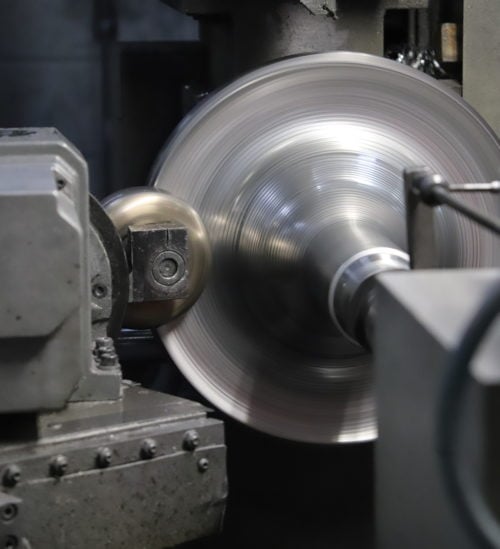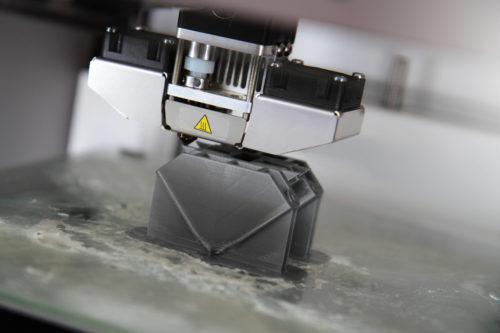 CNC metal spinning and 3D printing are two manufacturing techniques used to create identical custom parts. While the end products can often appear similar, the mechanisms behind the processes and the quality of the end products are vastly different. Before finalizing your next part design or production order, it is important to know and consider the differences between the speed and price of two processes so that your team can choose the right manufacturing method for your application.
CNC metal spinning and 3D printing are two manufacturing techniques used to create identical custom parts. While the end products can often appear similar, the mechanisms behind the processes and the quality of the end products are vastly different. Before finalizing your next part design or production order, it is important to know and consider the differences between the speed and price of two processes so that your team can choose the right manufacturing method for your application.
Speed & Price
First and foremost, metal spinning outperforms any existing 3D printing methods in both turnover rate and unit cost for both long and short run orders.
CNC spinning operations can form a product according to the designs faster than 3D printers can build the parts from an existing blank. 3D printed parts have to be run through additional steps before they are ready for distribution. These additional steps include removing supports required during the creation process, washing and polishing the products, and a curing period (to ensure the product is solid and the layers bind together).
The additional processing required for 3D printed parts increases the turnaround time, making 3D printing less efficient and cost-effective than CNC metal spinning. When speed matters, CNC spinning is the better choice. With this process, operators can also control production time by prioritizing speed over accuracy and vice versa.
CNC metal spinning is also the ideal choice for mass production. 3D printed pieces cost the same per unit, which can offer some advantages for prototyping and small orders. However, it is not suitable for large production runs. CNC spinning, on the other hand, is a process that can quickly scale up for lower per unit prices on larger orders.
Size, Precision, and Purpose
 CNC metal spinning is a forming process that takes a stock piece of material, or blank, and forms the material to reach the final design. 3D printing, on the other hand, is an additive process that builds the product layer by layer. Although the characteristics of each process make them suitable for particular applications, CNC Metal Spinning offers advantages over 3D printing in regards to size, precision, and purpose.
CNC metal spinning is a forming process that takes a stock piece of material, or blank, and forms the material to reach the final design. 3D printing, on the other hand, is an additive process that builds the product layer by layer. Although the characteristics of each process make them suitable for particular applications, CNC Metal Spinning offers advantages over 3D printing in regards to size, precision, and purpose.
Size
Industrial and commercial equipment, engines, and machinery are large systems that require proportionally large components. While CNC metal spinning processes can quickly produce large and heavy parts, as an additive process, 3D printing is less suitable for producing large parts as the material layering process takes considerably more time than the material removal process used in CNC spinning. Although 3D printed products can be scaled up from small prototypes, they generally do not exceed the dimensions of a small refrigerator.
Precision
CNC machine tools produce smoother edges and surfaces compared to those produced by 3D printing processes, enabling the production of higher quality parts that do not require further processing operations.
Purpose
Due to their rougher finish and other limitations, 3D printed components work best as fit and finish parts. On the other hand, the smoothness of CNC spun parts’ surface enables them to be used with precision components and tools.
Contact Metal Craft Spinning & Stamping Today to Receive a Quote
CNC metal spinning outperforms 3D printing when it comes to speed, precision, and smoothness. It is suitable for manufacturing large and heavy components and large production runs. Even with Selective Laser Melting (SLM) 3D printing technology, which allows for the creation of metal products, the results cannot match the accuracy and speed of CNC spinning.
Since 1964, Metal Craft Spinning & Stamping has provided CNC metal spinning capabilities for the manufacturing of metal components.
Request a quote or Contact Us today to get started on your next metal spinning, stamping,


